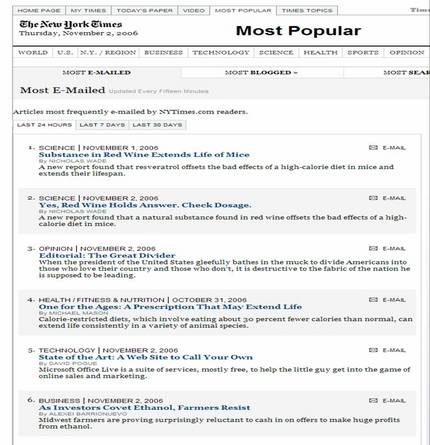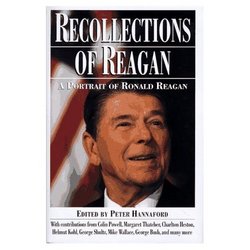(p. A12) The report on climate change by Nicholas Stern and the U.K. government has sparked publicity and scary headlines around the world. Much attention has been devoted to Mr. Stern’s core argument that the price of inaction would be extraordinary and the cost of action modest.
Unfortunately, this claim falls apart when one actually reads the 700-page tome. Despite using many good references, the Stern Review on the Economics of Climate Change is selective and its conclusion flawed. Its fear-mongering arguments have been sensationalized, which is ultimately only likely to make the world worse off.
. . .
Mr. Stern is also selective, often seeming to cherry-pick statistics to fit an argument. This is demonstrated most clearly in the review’s examination of the social damage costs of CO2 — essentially the environmental cost of emitting each extra ton of CO2. The most well-recognized climate economist in the world is probably Yale University’s William Nordhaus, whose "approach is perhaps closest in spirit to ours," according to the Stern review. Mr. Nordhaus finds that the social cost of CO2 is $2.50 per ton. Mr. Stern, however, uses a figure of $85 per ton. Picking a rate even higher than the official U.K. estimates — that have themselves been criticized for being over the top — speaks volumes.
. . .
Last weekend in New York, I asked 24 U.N. ambassadors — from nations including China, India and the U.S. — to prioritize the best solutions for the world’s greatest challenges, in a project known as Copenhagen Consensus. They looked at what spending money to combat climate change and other major problems could achieve. They found that the world should prioritize the need for better health, nutrition, water, sanitation and education, long before we turn our attention to the costly mitigation of global warning.
We all want a better world. But we must not let ourselves be swept up in making a bad investment, simply because we have been scared by sensationalist headlines.
For the full story, see:
BJORN LOMBORG. "Stern Review." Wall Street Journal (Thurs., November 2, 2006): A12.
(Note: the ellipses are added.)




 Harvard Medical School antiaging researcher Dr. David Sinclair. Source of image:
Harvard Medical School antiaging researcher Dr. David Sinclair. Source of image: